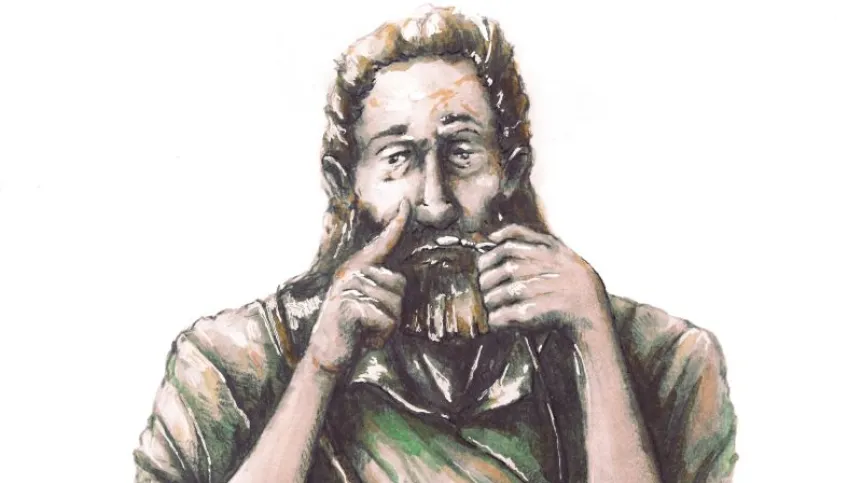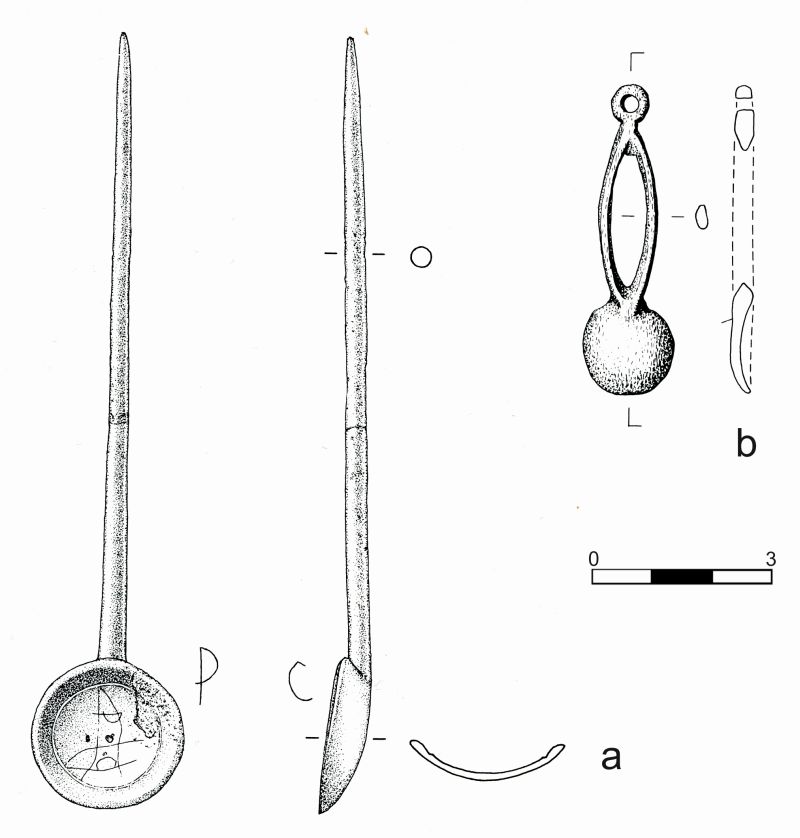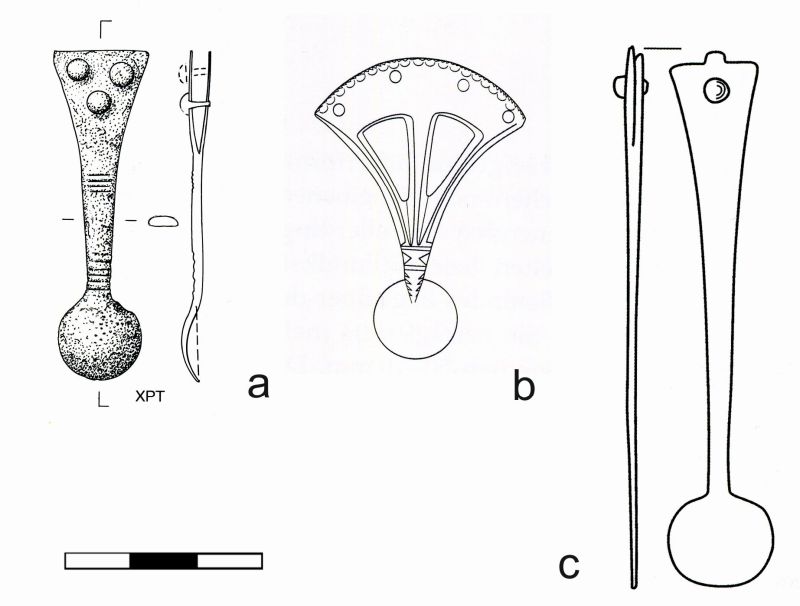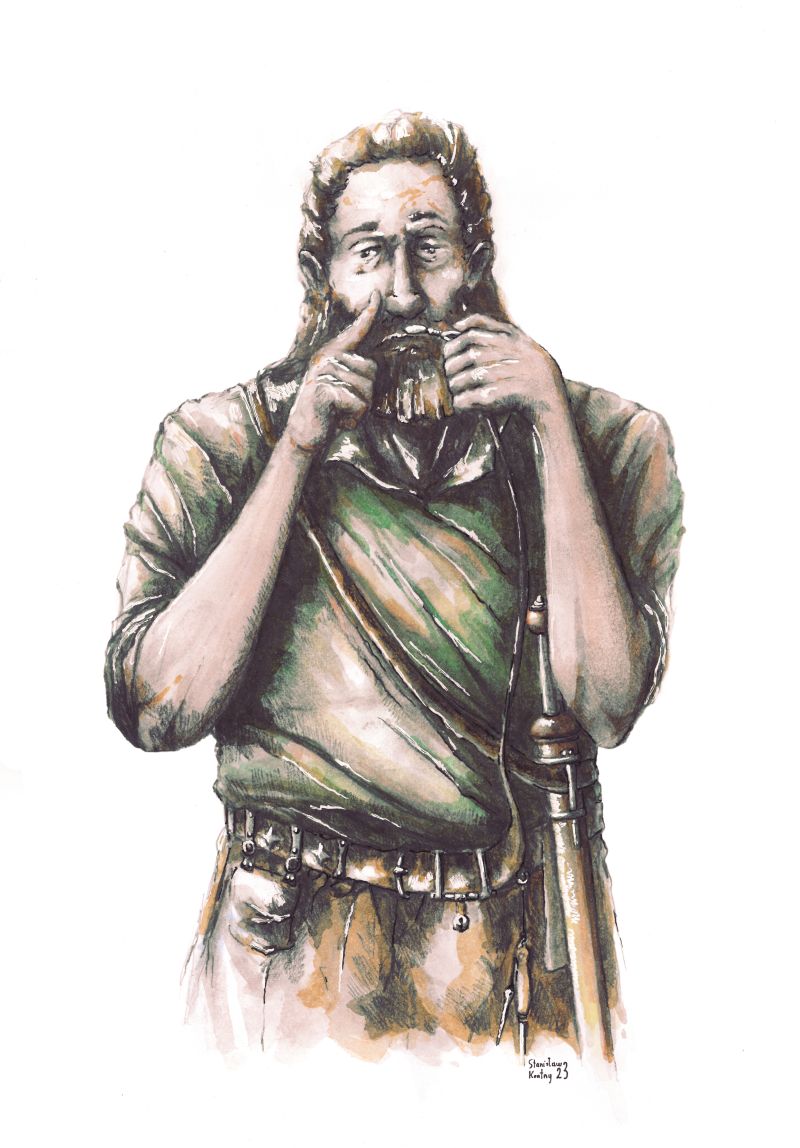
Scientists from the Maria Curie-Skłodowska University (UMCS) in Lublin have uncovered new evidence suggesting that barbarian warriors in ancient Europe used stimulants before going into battle.
According to the researchers, the use of these substances was likely part of a sophisticated economic network that produced and supplied them to Germanic tribes.
Professor Andrzej Kokowski, an archaeologist at UMCS, based his findings on the analysis of 241 metal objects discovered during excavations in southern Scandinavia and the area between the Elbe and Bug rivers in Central Europe. These objects, which date back to the Roman period, were identified as small spoons, about 10 cm long, with bowls measuring 15-20 mm in diameter—similar in size to modern espresso spoons.
The spoons were riveted to the warriors' belts and were used to consume intoxicants, rather than for threading belts or personal grooming, as previously thought.

The artifacts date from the mid-1st century CE to the early 5th century CE, with the majority of them from the 3rd century, a period marked by intense military conflict in southern Scandinavia. ‘At that time, southern Scandinavia was a region of significant military confrontations. Most of the finds are from Jutland and the Danish islands, which were major targets of invasions,’ says Kokowski.
The spoons, found in burial sites and swamps, were often associated with full military gear, suggesting they were an integral part of the warriors' combat preparations. In some cases, the objects were even placed in graves with Germanic elites, further supporting the idea that the spoons were valued items.
For years, archaeologists believed the spoons were used for practical purposes like threading belts or as cosmetic tools. However, Kokowski believes that their size and design are more suited to the consumption of psychoactive substances.
The breakthrough came with excavations in the Caucasus, where spoons with opium residues were found in the graves of the most important representatives of nomadic peoples. 'These substances must have been more widespread than we had previously thought', the researcher says.
Working with biologists from UMCS, Kokowski’s team identified plants from the nightshade family and opium poppies as likely sources for the substances consumed by the warriors.

'Drug use by Germanic warriors must have been a common phenomenon. This is evidenced by the number of spoons disxcovered. We have estimated that in a 1,000-strong army, around 750 warriors took drugs', Kokowski says.
'Germanic warriors probably +motivated themselves+ to fight by reaching for a spoon hanging from their belts, taking the substance from a bag attached to them and using it like snuff. Wars were unending, so the army must have had kilograms of the substance with them, which required hundreds of kilograms of plants and dozens of people to produce. The widespread use of these substances indicates that they were as essential to the warriors as their weapons,’ Kokowski says.
'I imagine that a tribal chief, going to war, would order swords, shields, spears to be brought from the armoury, then he would call a person man responsible for provisions, who prepared food for the journey, and a specialist who distributed bags of the substance among the warriors, probably instructing them on its action and method of use’, he adds.
The research also draws parallels between these ancient practices and more recent military behavior, such as the use of stimulants during World War II or the drug epidemic among U.S. soldiers in Vietnam. Kokowski’s findings suggest that, like modern soldiers, ancient warriors may have relied on these substances to cope with the stress of warfare.

While the study primarily focuses on the Germanic tribes, Kokowski acknowledges that other barbarian groups may have also used drugs, although there is less archaeological evidence to support this. Written sources, however, confirm drug use among the elites of ancient Rome, where narcotic substances were used both socially and medically.
The study, titled ‘In a Narcotic Trance, or Stimulants in Germanic Communities of the Roman Period,’ by Professor Andrzej Kokowski, Anna Jarosz-Wilkołazka, PhD, and Anna Rysiak, PhD. (PAP)
Piotr Nowak
pin/ zan/ ktl/













